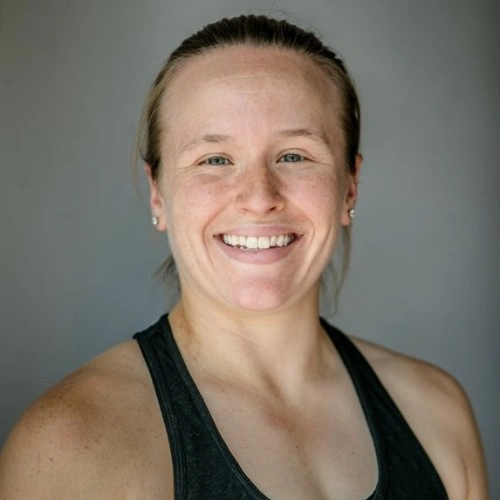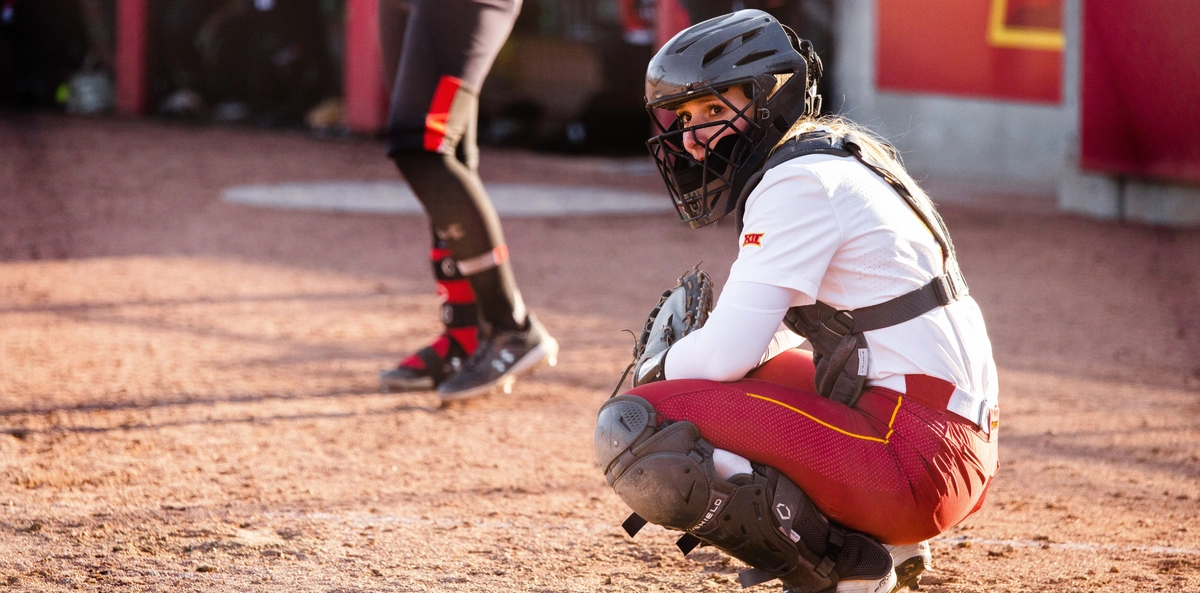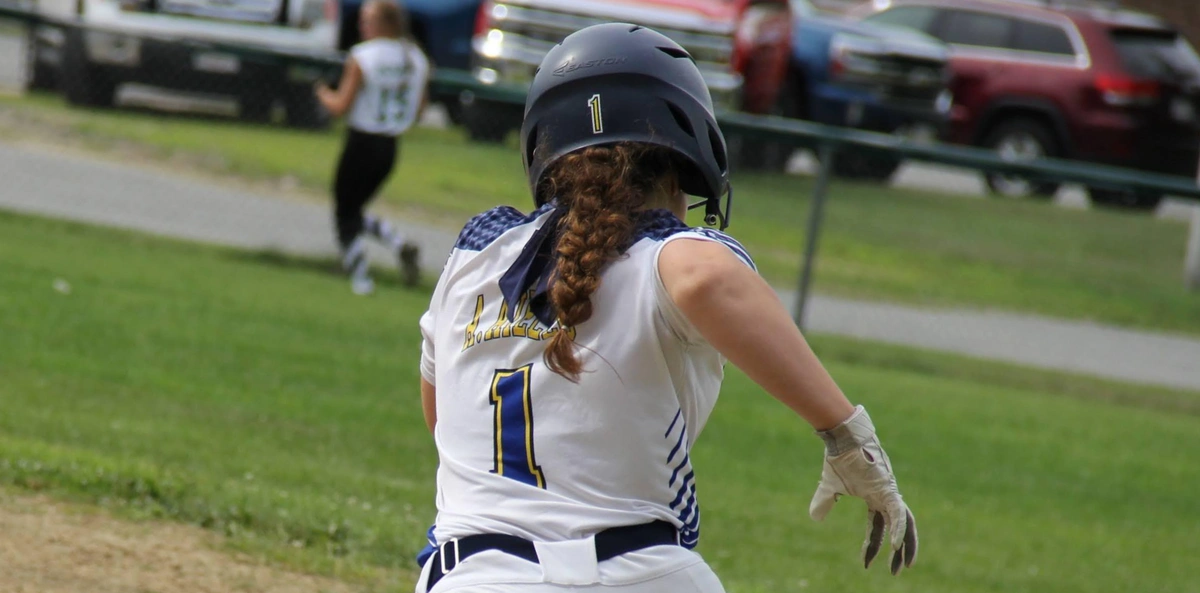How to find the right Fastpitch Softball Helmet
Growing up I always wanted the best quality bat and glove because, in my mind, that would level up my game.
When it came to picking a helmet, I cared about 2 things:
-
Appearance (was I going to look like a dork?)
-
Color (black to match ANY uniform combination)
Then, as a collegiate athlete, I suffered my first concussion during a collision running through first base. After decreased performance through the remainder of the season, recurring migraines, and resulting surgery, I was finally educated on the importance of selecting the right helmet by doctors and athletic trainers.
There’s no guarantee that my concussion could have been prevented, but looking back, the fit of my helmet could have leveled up my game just as much as any bat or glove.
In the hope of saving you the stress and risk of injury, here are my recommendations for selecting the right fastpitch softball helmet.
How Do You Determine Helmet Size?
Helmet sizing is very similar to clothing sizing in the sense that every manufacturer has their own measurements and interpretations for sizes.
However, every company will determine size based on the circumference of your head.
To take your head circumference, carefully wrap the tape around the largest part of your head, starting from the prominent area on your forehead (about 1-2 fingers above your eyebrow) and going all the way to the widest point at the back. Look for the broadest path around your head. Measure three times and choose the biggest number.
Once you determine your head circumference, you’ll need to select the appropriate size.
You might find sizes listed as:
My best recommendation for helmet sizing? TRY IT ON!
Take measurements of the circumference of your head, then head to your local sporting goods store to try it on.
If possible, try it on “Game Ready.”
That means to consider things like:
-
How do you wear your hair for games?
-
Do you wear glasses or sunglasses?
-
Do you wear a headband? Visor? Hat?
Take your time in the store to sincerely test the fit of your potential new helmet.
When you put the helmet on, look for the helmet to sit about 1” above your brow line. Helmets too far up and too far down put both the front and back of the head at risk.
The most common way to test the fit of your helmet is through the “Shake Test."
That means putting the helmet on and shaking your head side-to-side and up and down. If there’s ANY movement in the helmet, it’s too big for you.
It’s important to remember that the padding will “shrink” slightly with use; therefore, it’s recommended the helmet be slightly more snug than what you’re comfortable with.
How Do You Adjust Helmet Padding?
What happens if you find the right fit for your helmet, but it doesn’t fit evenly around your head? Or your current helmet is in good condition but you have a pad that is worn down or missing?
Helmet padding is one of the biggest differences across brands, and while each was designed for a universal fit, it’s likely some adjustments are necessary to your padding.
These adjustments are necessary to allow for a safer and more comfortable fit.
As mentioned before, there is some degree of natural adjustment to helmet padding that comes with use. This is why you’re recommended to buy a helmet with a snug fit.
Even with a snug fit overall, your head shape might prevent an even fit, which is where you might need a padding insert to fill in any gaps. Many helmet manufacturers produce a separate padding fit kit to replace old or damaged pieces of your padding. For example, available at most sporting goods stores or online, you can find a kit produced by Easton and Rawlings.
There are two things to note about helmet padding:
-
Do Not Intentionally Remove Any Padding (this makes it illegal for use in competition)
-
More is NOT always better (You’re better off buying a smaller size for maximum protection.
Are There Helmet Requirements?
Across leagues, helmet requirements differ slightly, but it is universally agreed upon that athletes must have an appropriately fitted helmet on at all times while in live ball areas. This includes while at bat, running the bases, in the on-deck circle, or helping coach at 1st and 3rd base. Helmets must cover both ears and include a face guard.
Face guard requirements do change at the collegiate level. At this level of play, athletes are allowed to choose on an individual basis whether or not their helmet includes a face guard.
It is common for leagues to set requirements for helmet material, which is a safety standard NOT for the batter but for the fielders. Leagues often require an anti-glare material so fielders maintain their line of sight. Certain leagues require the use of a chin strap that goes under the chin and attaches to each side of the ear to help keep the helmet in place. This is not required at the collegiate level.
How Do You Make Your Hair Fit?
Safety might be the biggest concern to parents, but many female softball players are far more concerned over whether or not their hair fits ;)
This is why it is recommended you try on your helmet “Game Ready.”
In doing this, you might find that a standard-sized helmet does not fit your ponytail, braid or bun come game time.
Over the years, manufacturers have heard the complaints of their female consumers and adjusted their helmet design.
For example, The brand Schutt offers a ponytail-fitted design with their patented “ponytail port.” In these or other similarly designed helmets, you’ll find a slot, channel, or port along the internal padding to allow extra room inside the helmet for a ponytail.
Very few fastpitch softball helmets are manufactured with a ponytail hole. This is largely due to concerns for safety and appropriate fit.
Does My Helmet Need to Be Certified?
Unlike bats and gloves, there are much fewer certifications and stamps for softball helmets. In fact, there is only one certification required for a helmet to be legal for use.
Every softball helmet must have a NOCSAE stamp.
NOCSAE is a committee continuously working to improve the manufacturing of athletic equipment to reduce injury risks. The stamp on each helmet is designed to inform users that the product has been tested but is subject to limitations (i.e. it cannot completely guarantee against head injuries and does not protect the neck).
Outside of batting helmets, NOCSAE also has headgear standards for defensive masks and helmets.
While most well-known helmet manufacturers guarantee a NOCSAE stamp, it’s important to check for yourself either on the back or inside of your helmet before purchase.
It's better to be safe than sorry when picking out your helmet to keep your head in the game!


